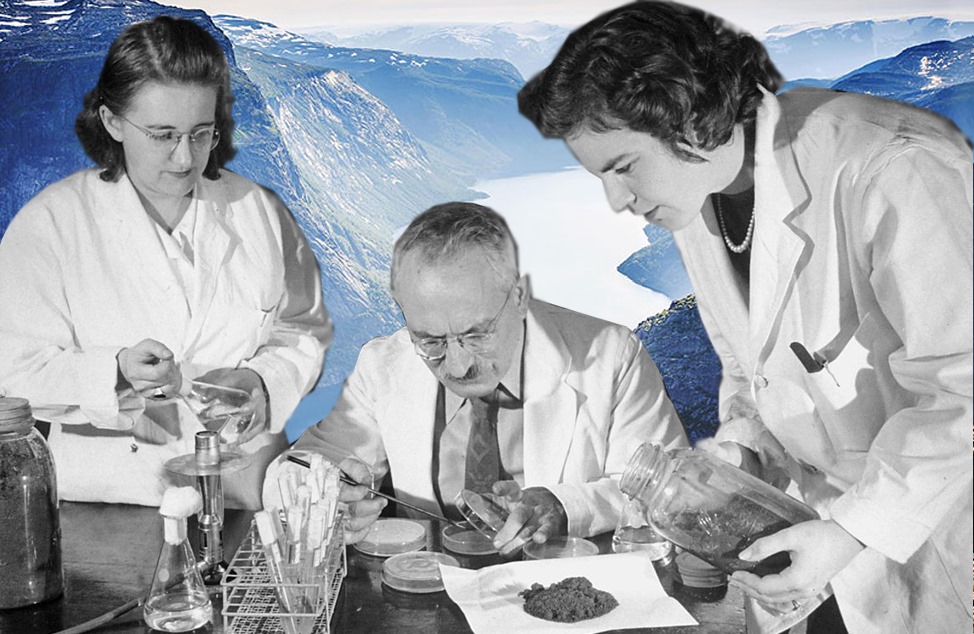Bio Cook Show
In this workshop we perform a “cooking show” demonstration of how to grow bacteria and find antibiotics in soil samples. Live from the NOBA BioArtLab, we explain the steps in the process, from collection to discovery, and show you how to perform these. We invite you on a journey through the invisible world, along the way stopping at various BioArt examples related to the microworld.
About
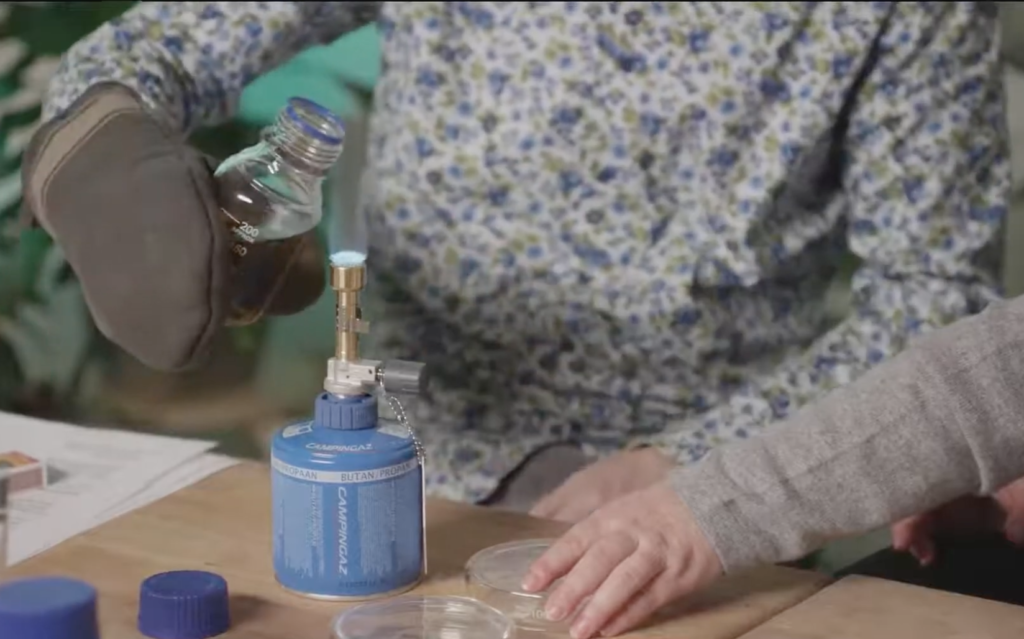
NOBA believes that in order to create a sustainable environment and way of living, we need to better understand the living.
Through our series of workshops we will introduce ways of working with living organisms, to rethink material possibilities, to look into nature for resources and collaborators and to rethink our way of collaborating with nature. We welcome you all to the first workshop in this series: Hunting for nature’s healing powers: soil, flowers and antibiotics.
Microbe Hunting
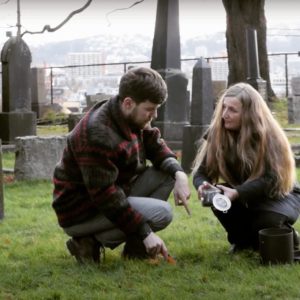
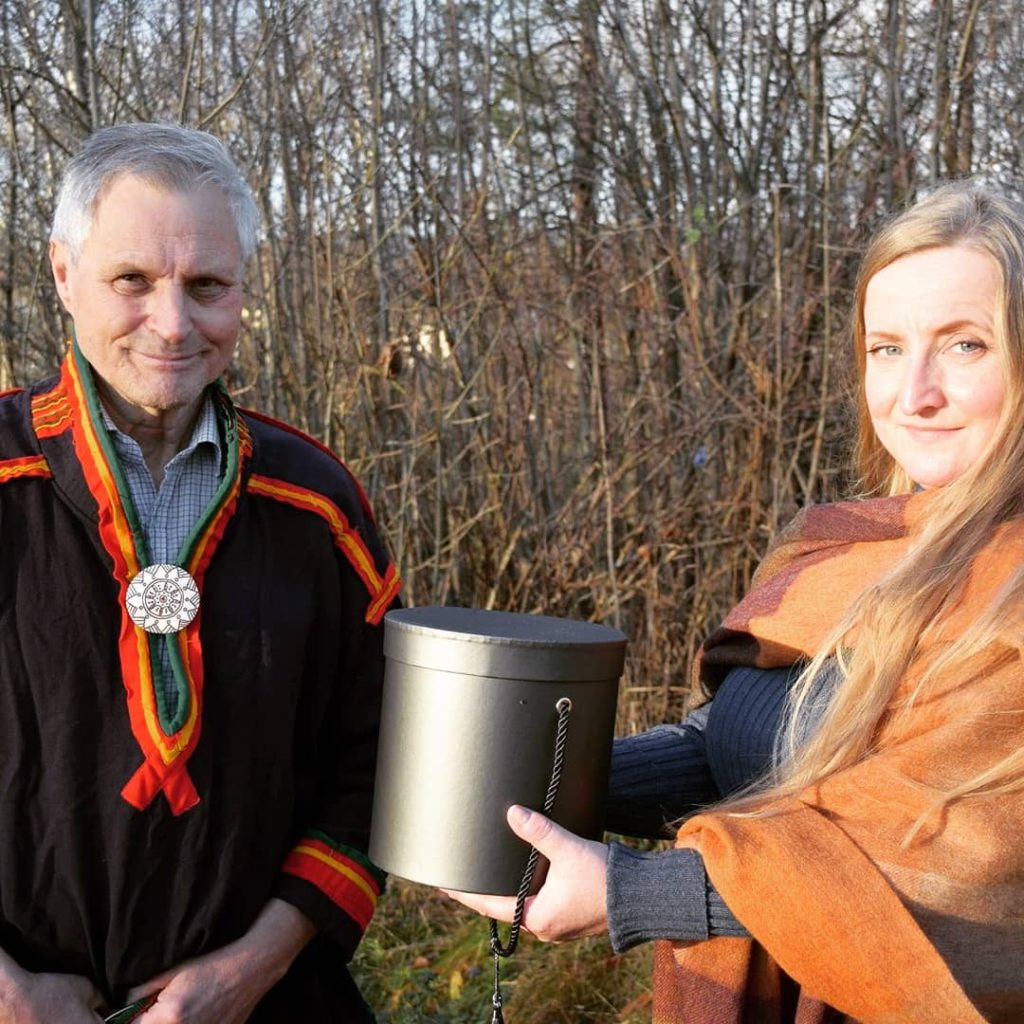
Antibiotics vs superbugs
Microbes can be harmless, beneficial, but can also cause harm. Biomedical sciences are continuously trying to outsmart disease-causing microbes (pathogens), for example through antibiotics. Most antibiotics are found in nature: they are the substances one microbial species produces to fight off competing species in the struggle to survive. Especially soil bacteria are a common source for new antibiotics.
Bio Cooking Show
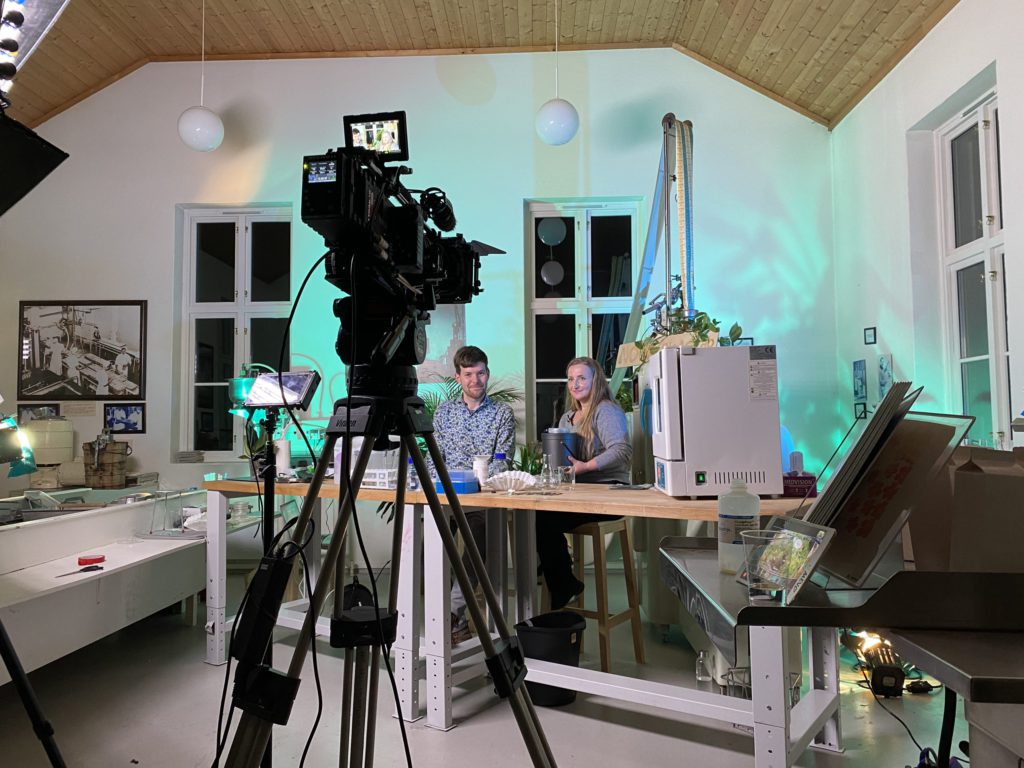
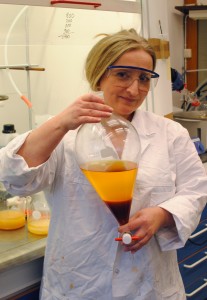
Hege Tapio
Hege Tapio is an artist and a curator based in Stavanger, Norway. Art driven by curiosity, knowledge, ability to convey and contextualize aspects of technology and research, both through speculation and critical attitude, have been the basis for many of the projects. Tapio founded and directed i/o/lab – Center for Future Art since 2001, where she established and curated Article biennial – a festival for the electronic and unstable art. Her Humanfuel project was first presented in HYBRID MATTER – a Nordic art&science network program, and her latest project was presented this year at Ars Electronica Festival.
Tapio is also engaged as Guest Artist / Guest Curator and currently part of the team of NOBA – Norwegian Bioart Arena, developing and programming the Norwegian hub for Bioart located at Vitenparken by Campus Ås. Tapio is also pursuing her own artistic research as Phd fellow at FeLT, Futures of Living Technologies at OsloMet
Roland van Dierendonck
Roland van Dierendonck is an artist and researcher based in Oslo and Amsterdam. In his practice he combines techniques from Biology and Media Technology. His interests include the translation of complicated processes and concepts into public experiences, as he has done with topics like emergence, ecosystems and microscopic interactions, using media ranging from robotics and genetics to living matter. His past exhibitions include the Ars Electronica Festival, London Design Festival and the Discovery Festival. Next to his practice he also likes to teach and create the conditions for stimulating art-science collaborative projects. In this context, he was leading the BioHack Academy at Waag, helped set up the Biospace of the Utrecht University of the Arts and founded Amsterdam Biolabs.

